Everything You Need To Know About Swell UK Pond Fish Food
If you have pond fish in your garden pond, then you’ll need to keep them fed with a staple diet of nutritious and highly digestible fish food. We stock a wide range of fish food here at Swell UK, made from specially formulated recipes suitable for different types of pond fish, from Koi to Sturgeon. This range includes a varied selection of fish food from some top brands in the pond keeping hobby like Tetra, NT Labs, Nishikoi, and Saki-Hikari, plus our own fantastic offering. Let's take a look at all of these different types and the benefits they have on your pond fish...
What are the main types of pond fish food?
There are many different types of fish food suitable for use in garden ponds, but they all serve a similar purpose – to keep your pond fish full, happy, and healthy. Here are some of the most popular varieties:
Pond sticks
When it comes to affordable pond food, there are no foods more popular than pond sticks. These sticks are designed to float, encouraging your pond fish to come up to your pond’s surface and feed – just how they would do in the wild.
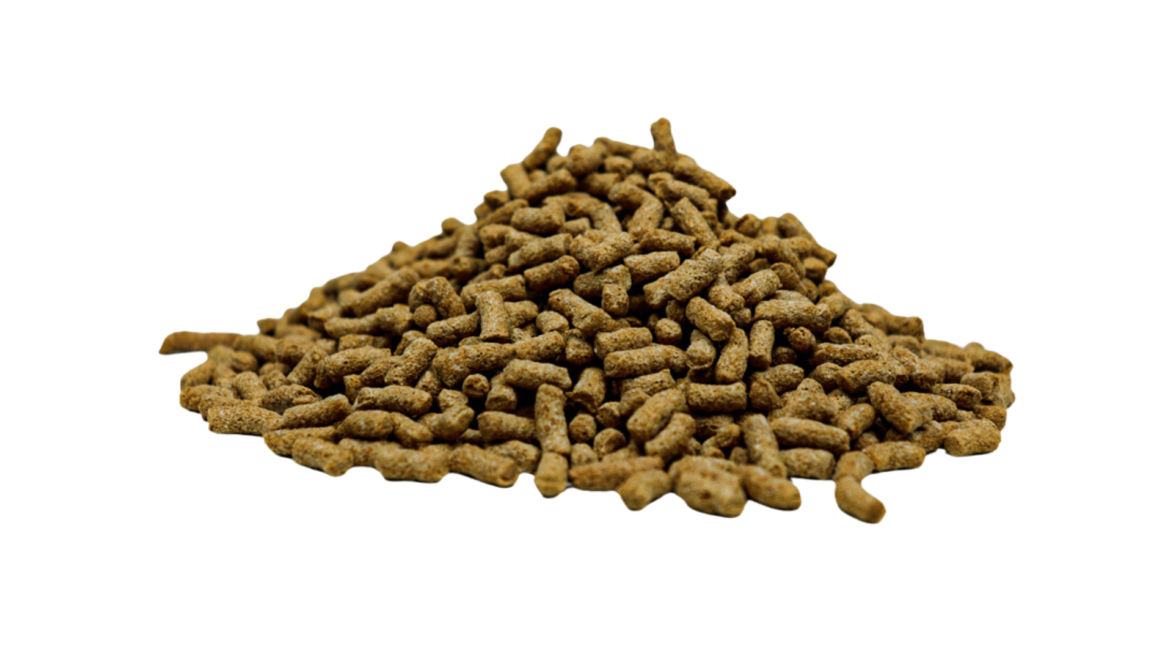
There are lots of different kinds of pond sticks, but most tend to measure 8-12mm in length, making them great bitesize morsels for popular pond fish like Koi and goldfish. A lot of varieties, like Tetra Pond Sticks, are made with quality, high protein ingredients that promote healthy growth.
Pond pellets
Like pond sticks, pond pellets are also designed to float on your water’s surface. Where these fish foods differ, however, is in their nutritional compositions. Typically, the most premium, highest quality fish foods come in pellet form. This is because pellets are denser than sticks, packing in a lot more nutrients per volume. For this reason, pellets are generally favoured by Koi keepers who need to offer their Koi a highly nutritious diet to ensure they grow to their maximum sizes and achieve the best body shapes.
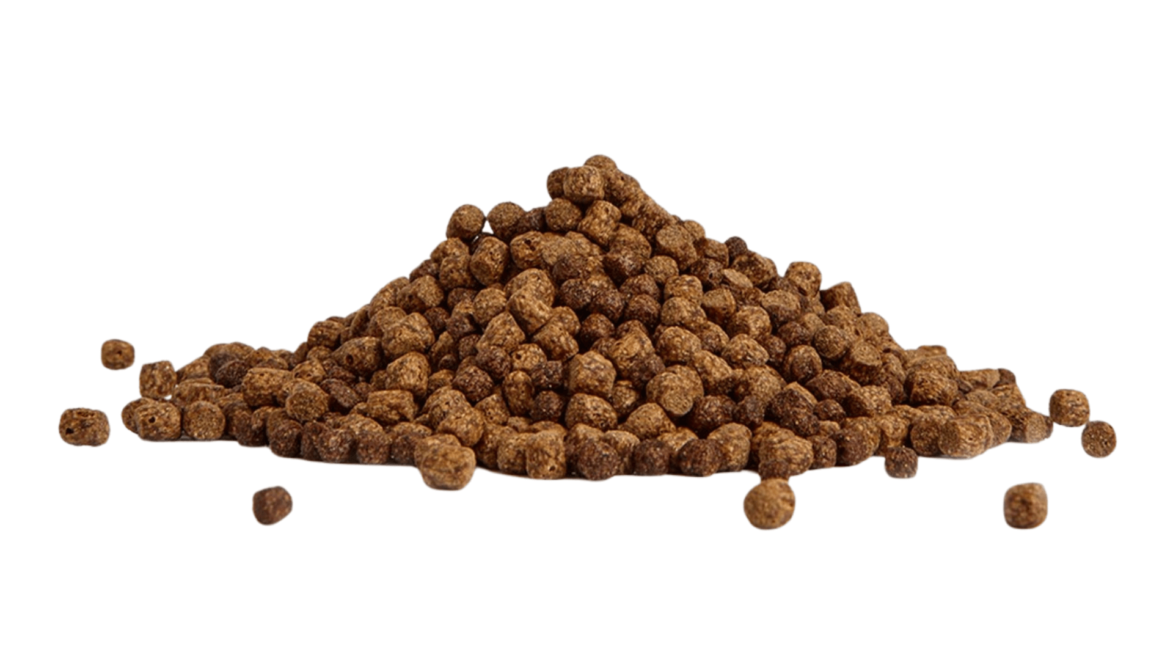
There are many different types of pellets, from colour-enhancing pellets designed to boost the colouration of your pond fish, to probiotic pellets designed to promote the growth of healthy gut bacteria. There are also sinking pellets, designed to – you guessed it – sink to the bottom of your pond. These should be offered to bottom-feeding pond fish, like Sturgeon.
Pond flakes
Pond flakes aren’t nearly as popular as sticks or pellets as they can blow away in high winds, but they still serve an important purpose! These flake foods tend to be a lot smaller than sticks or pellets, making them more suitable for young, growing goldfish.
Pond treats
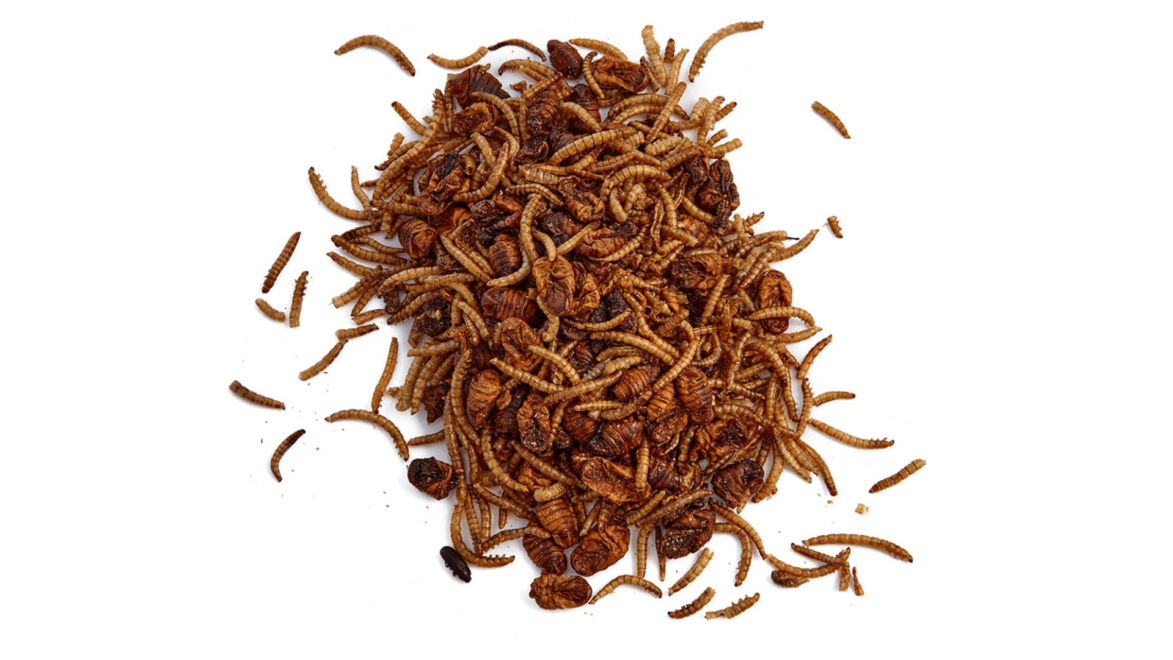
Like us, pond fish deserve a treat every once in a while. These treat foods are typically packed with protein and are made from high quality ingredients that your pond fish will find irresistible. It’s important that you don’t overfeed this kind of fish food as it can, if left uneaten, sink to the bottom of your pond, rot, and release toxic compounds like ammonia into your water column.
Koi Food
As mentioned above, Koi food largely comes in nutrient-packed pellet form, but it's also available in stick and powdered forms. These foods are typically packed with protein and specially formulated for Koi, giving them all of the vitamins, minerals, and nutrients they need to grow.
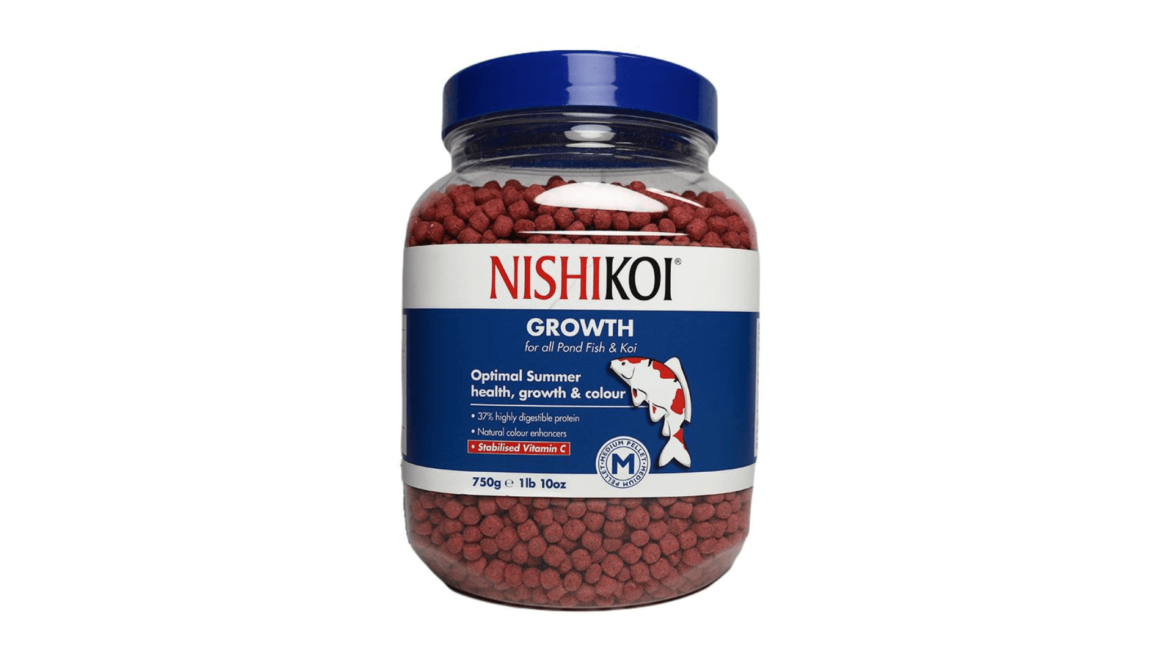
Like with other types of fish food, there are many different types of Koi food and all have their own unique blend of ingredients. Some contain paprika and spirulina to improve your Koi's colouration, while others contain probiotics to strengthen their digestive and immune systems.
Wheatgerm
This type of fish food is packed with a high-fibre foodstuff known as wheatgerm. These wheatgerm foods are typically fed to pond fish as temperatures get colder. The high-fibre content of these foods aids a pond fish’s digestive system and immune system, keeping them healthy as they enter a dormant state during late autumn and winter.
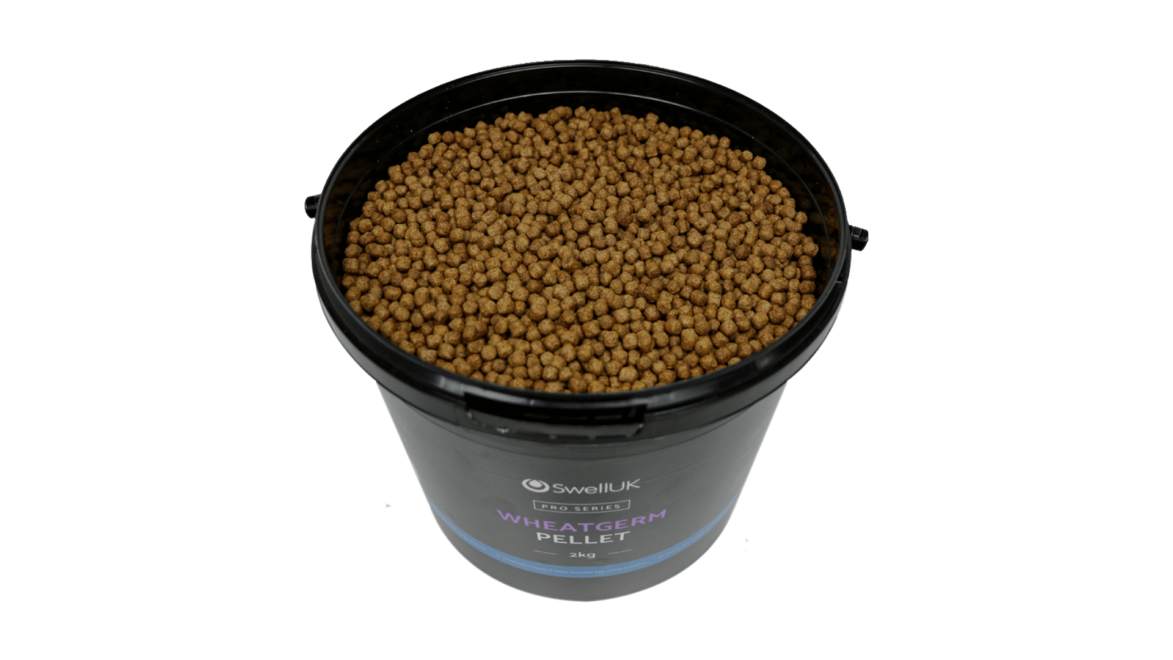
How often should I feed my fish?
This is a difficult question to answer, and one that ultimately depends on the number and type of pond fish you keep. As a rule of thumb, it’s a good idea to offer your pond fish some sticks, pellets, or flakes 1-2 times a day, adjusting the size of your handfuls depending on how many pond fish there are in your pond. Only add enough food that your pond fish can consume in a few minutes – any excess food should be removed as soon as possible.
For most of the year (early spring to late autumn), it’s recommended that you feed your pond fish a complete pellet/stick/flake that’s packed with all of the essential nutrients, vitamins, minerals, and trace elements your pond fish need to stay healthy and perform all of their vital bodily functions. You can supplement their diets with some pond treats too but remember not to overfeed these high protein foods!
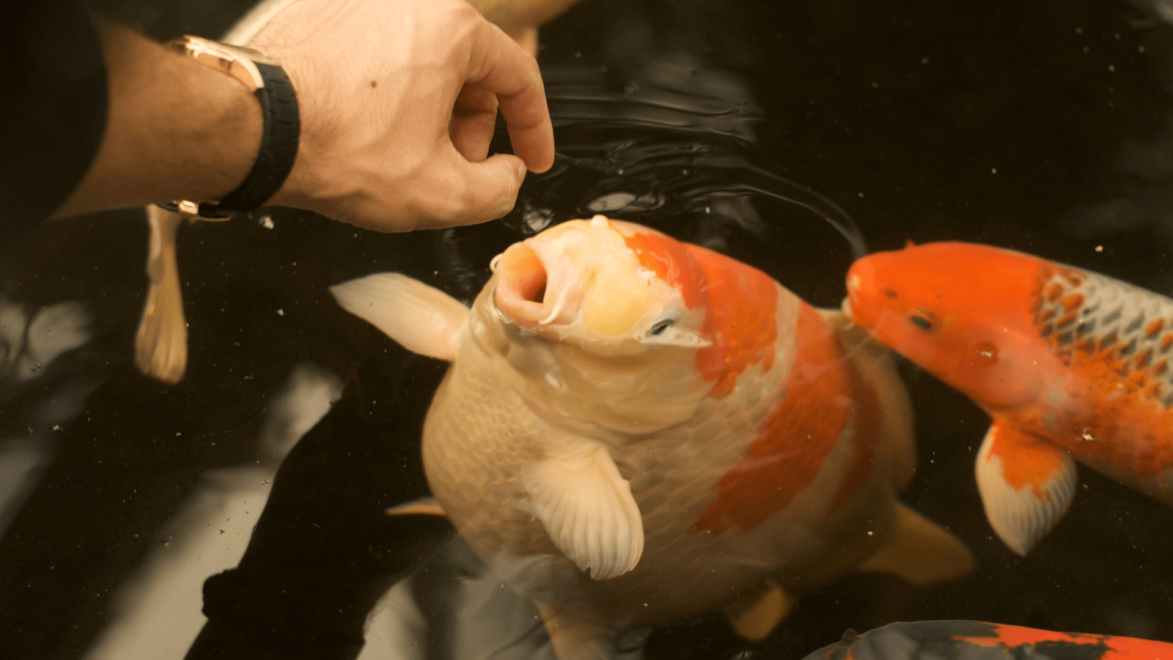
As temperatures get colder approaching winter, start offering your pond fish some wheatgerm foods alongside their usual complete pellet/stick/flake foods. In mid-winter, offer your pond fish a diet of predominantly wheatgerm foods. You should also feed your pond fish a lot less during winter; aim for 2-3 times a week so that your pond fish have more time to digest their food in between meals.
What should I look for when buying pond fish food?
There are so many pond fish food types out there that it’s easy to get lost. To make sure you buy the most suitable food for your pond fish, start by researching their diets and feeding habits. Then, look for a fish food that serves a particular purpose, whether that’s to enhance your fishes’ colours, promote the growth of healthy gut bacteria, or simply provided them with a healthy balanced diet. Most fish food can be fed year round, but there are a few varieties designed to only be fed during certain seasons. It's a good idea to pick up a staple, year round fish food and a specialist winter fish food to ensure your fishes' health throughout the year.
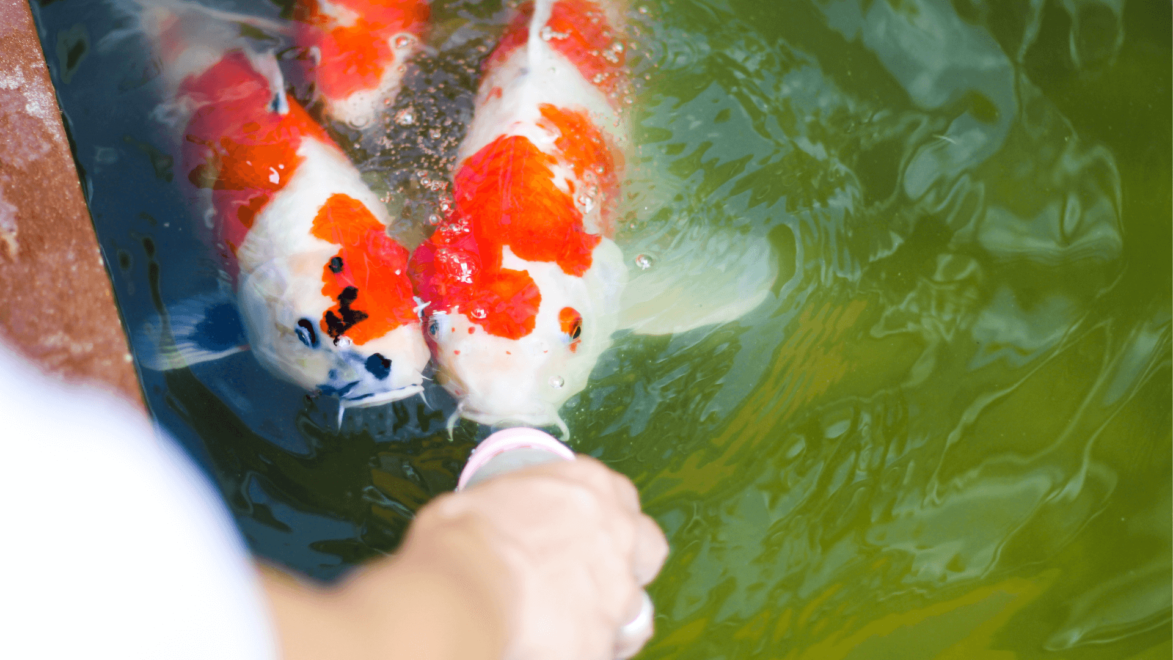
After you've chosen your fish foods, try them out for a month or two and observe your pond fish – do they look more colourful? Are they more active? Are they bigger? If the answer to those questions is yes, then keep feeding those particular foods! If you’re not quite happy with the results, then go back to the drawing board and try out another fish food. It can take some time and trial and error before you find the fish food that works best for your pond fish. From the variety we stock at Swell UK, though, we can guarantee that there’s a fish food here that your pond fish will love!




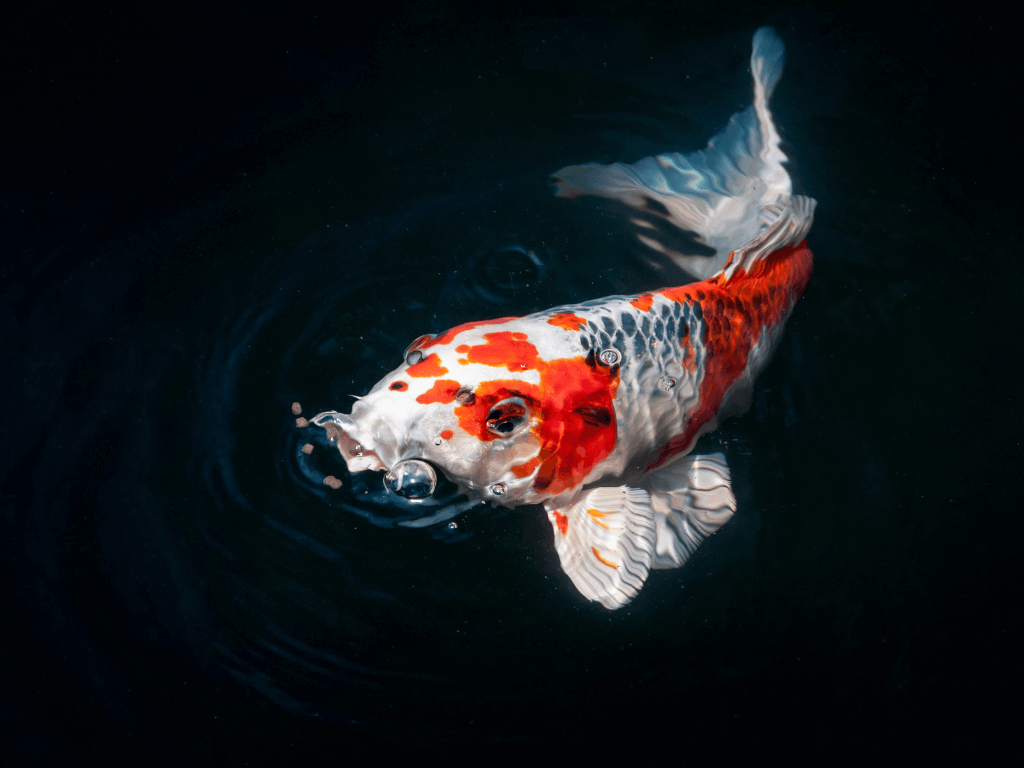
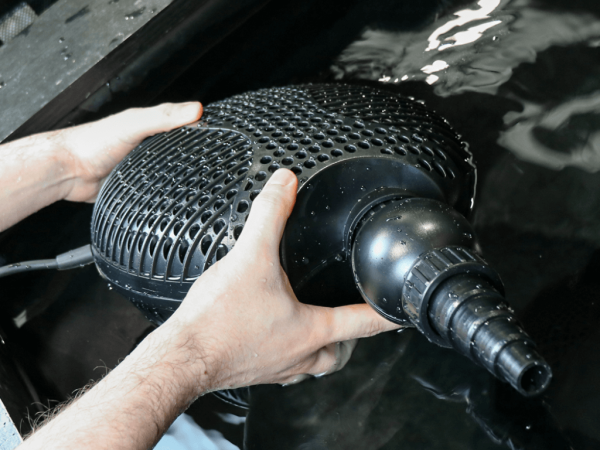
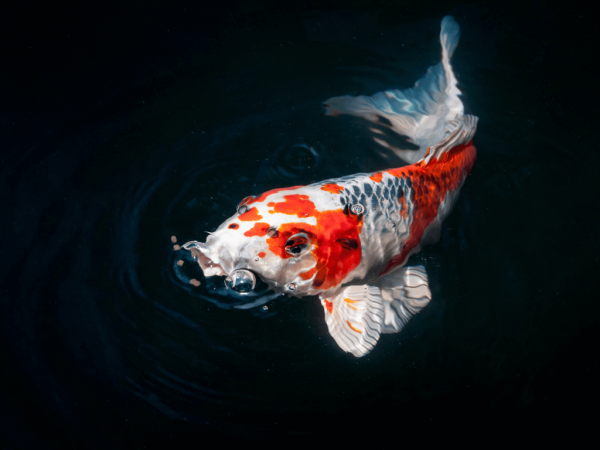
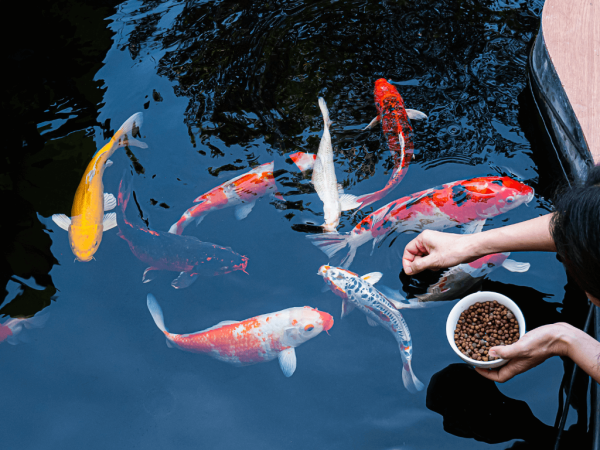
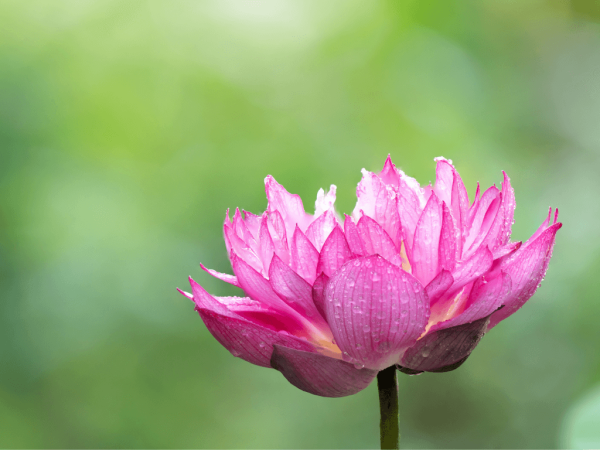
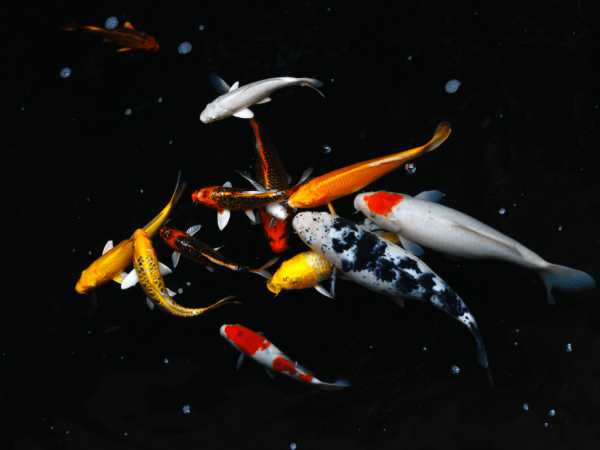
Comment 1